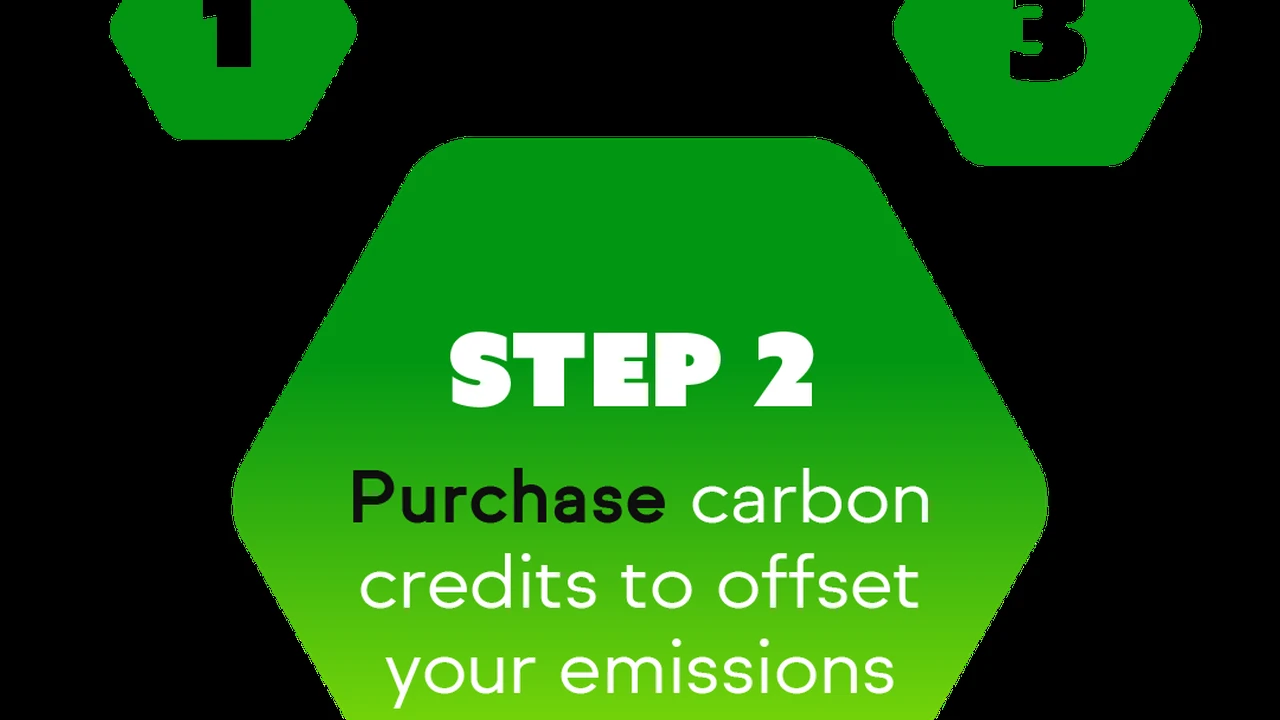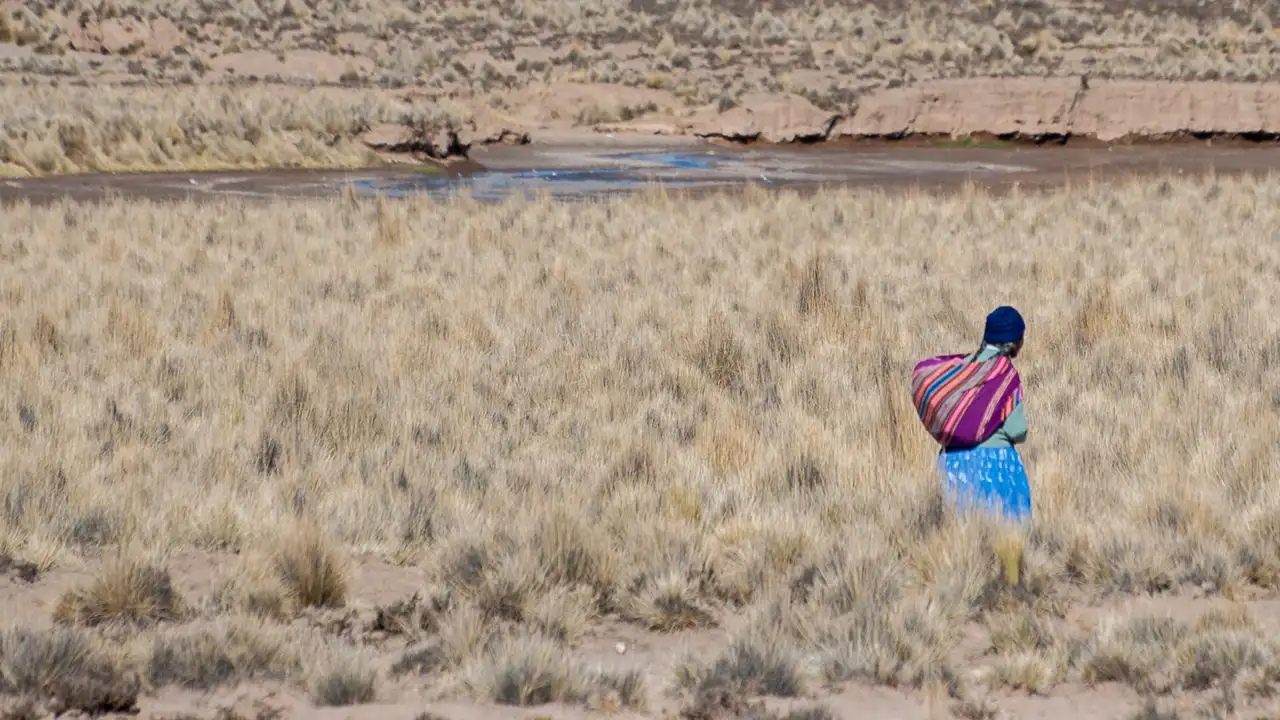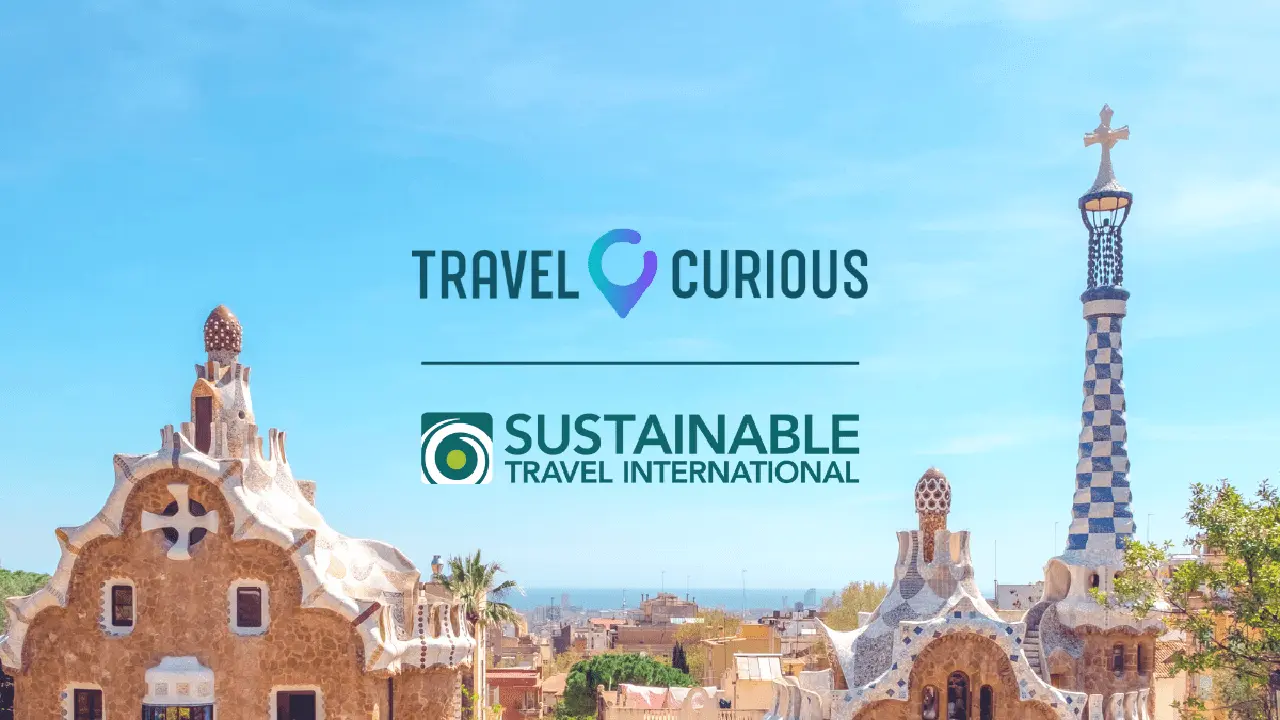Carbon Offset Programs Explained
Understand carbon offset programs and their role in sustainable travel. Learn how to compensate for your carbon emissions and support environmental projects. Make informed choices about offsetting your travel impact.

What are Carbon Offsets Understanding the Basics
Okay, so you're planning a trip, stoked to explore, but also a little bummed about the carbon footprint you're about to leave behind? That's where carbon offsets come in! Think of them as a way to balance out your emissions by supporting projects that reduce carbon in the atmosphere. Basically, you're paying someone else to reduce emissions to compensate for yours. It's like saying, \"Hey, I know I'm flying to Bali, which isn't great for the planet, so I'm going to help plant some trees to make up for it.\"
But it's not always that simple. Not all carbon offset programs are created equal. Some are super legit, while others... well, let's just say they're less effective. We'll dive into how to spot the good ones later. For now, just know that the idea is to invest in projects like renewable energy, reforestation, or energy efficiency to counteract your travel emissions.
How Carbon Offset Programs Work A Deeper Dive
So, how does this whole thing actually *work*? Typically, you'll start by calculating your carbon footprint – we'll talk about tools for that in a bit. This will give you a rough estimate of the amount of carbon dioxide (or equivalent greenhouse gases) your trip will generate. Then, you find a carbon offset provider and purchase offsets equivalent to that amount. The money you pay goes towards funding the carbon reduction projects.
These projects can take many forms. Reforestation projects involve planting trees, which absorb carbon dioxide from the atmosphere. Renewable energy projects, like wind farms or solar power plants, reduce reliance on fossil fuels. Energy efficiency projects might involve providing efficient cookstoves to communities in developing countries, reducing deforestation and improving air quality. The key is that the project must demonstrably reduce carbon emissions.
Calculating Your Carbon Footprint Tools and Methods for Travel
Alright, time for some math (don't worry, it's not too scary!). Before you can offset your emissions, you need to know how much you're actually creating. There are a few different ways to estimate your carbon footprint, from simple online calculators to more detailed assessments.
- Online Carbon Calculators: These are the easiest option. Just plug in your flight details (origin, destination, class of travel), transportation methods, and accommodation type, and they'll give you an estimated carbon footprint. Some popular calculators include those offered by airlines like United or Delta, as well as independent sites like Terrapass or Carbon Footprint Ltd. Keep in mind these are estimates, and the accuracy can vary.
- Detailed Assessments: For a more precise calculation, you can use more sophisticated tools or even consult with a carbon footprint specialist. This might be relevant for businesses or organizations looking to offset the emissions of their entire operations.
- General Rules of Thumb: As a very rough estimate, consider that a long-haul flight can generate a significant amount of carbon emissions. Short domestic flights have a smaller impact, but still contribute. Train travel is generally much more eco-friendly than flying.
Remember to consider all aspects of your trip, including flights, accommodation, local transportation, and even your diet. The more comprehensive your calculation, the more effective your offset will be.
Choosing the Right Carbon Offset Program Key Considerations
This is where things get tricky. Not all carbon offset programs are created equal. Some are highly effective and transparent, while others are… well, less so. You need to do your research to make sure your money is actually making a difference.
- Certification Standards: Look for programs certified by reputable organizations like the Gold Standard, Verified Carbon Standard (VCS), or Climate Action Reserve. These certifications ensure that the projects meet rigorous standards for additionality, permanence, and verification.
- Additionality: This means that the carbon reduction wouldn't have happened without the offset funding. In other words, the project isn't something that would have been done anyway.
- Permanence: The carbon reduction should be permanent. For example, if you're investing in a reforestation project, you want to make sure the trees aren't going to be cut down in a few years.
- Verification: The carbon reductions should be independently verified by a third party. This ensures that the project is actually achieving its stated goals.
- Transparency: The program should be transparent about how your money is being used and the details of the projects they're supporting.
Don't be afraid to ask questions! A reputable carbon offset provider will be happy to answer your questions and provide detailed information about their projects.
Recommended Carbon Offset Providers and Programs Specific Examples
Okay, let's get down to specifics. Here are a few reputable carbon offset providers to consider:
- Gold Standard: This is one of the most respected certification standards in the industry. They offer a wide range of projects, including renewable energy, reforestation, and community development. You can browse their project registry and choose projects that align with your values.
- Verified Carbon Standard (VCS): Another widely recognized certification standard. They also offer a diverse portfolio of projects, with a focus on large-scale emission reductions.
- Terrapass: Terrapass offers a variety of carbon offset products, including offsets for flights, driving, and home energy use. They support projects like wind farms and landfill gas capture.
- Carbon Footprint Ltd: This UK-based company offers carbon footprint assessments and offset programs. They support projects like reforestation and renewable energy in developing countries.
Example Scenario: Let's say you're flying from Los Angeles to Bangkok, a long-haul flight that generates a significant amount of carbon emissions. Using an online calculator, you estimate your carbon footprint to be 2 tons of CO2. You decide to purchase offsets from Gold Standard, choosing a reforestation project in the Amazon rainforest. The cost might be around $20 - $30 per ton, so you'd pay $40 - $60 to offset your flight.
Product Comparison Carbon Offset Options and Pricing
Here's a quick comparison of some carbon offset options and their pricing (prices are approximate and can vary depending on the project and provider):
| Provider | Project Type | Price per Ton of CO2 | Key Features |
|---|---|---|---|
| Gold Standard | Reforestation, Renewable Energy, Community Development | $20 - $35 | Highest certification standard, wide range of projects |
| Verified Carbon Standard (VCS) | Large-Scale Emission Reductions | $15 - $30 | Rigorous verification process, focus on large-scale projects |
| Terrapass | Wind Farms, Landfill Gas Capture | $10 - $25 | Easy-to-use website, various offset products |
| Carbon Footprint Ltd | Reforestation, Renewable Energy (Developing Countries) | $12 - $28 | Focus on developing countries, carbon footprint assessments |
Important Note: Prices are constantly fluctuating, so always check the provider's website for the most up-to-date information.
Using Carbon Offsets Effectively Tips and Best Practices
Okay, you've chosen a reputable program and purchased your offsets. Now what? Here are a few tips to make sure your carbon offsetting efforts are as effective as possible:
- Reduce Your Emissions First: Carbon offsets are a last resort, not a get-out-of-jail-free card. The best thing you can do is to reduce your emissions in the first place by flying less, taking trains instead of planes, choosing eco-friendly accommodation, and eating local food.
- Be Mindful of Your Consumption: Think about the environmental impact of your choices while traveling, from the souvenirs you buy to the activities you participate in.
- Support Sustainable Tourism Practices: Choose tour operators and businesses that are committed to sustainability.
- Educate Yourself and Others: Spread the word about carbon offsetting and sustainable travel. The more people who are aware of these issues, the better.
- Continuously Evaluate: Don't just set it and forget it. Regularly review your travel habits and look for ways to reduce your impact.
Carbon Offsetting and Greenwashing Avoiding the Pitfalls
Unfortunately, some companies use carbon offsetting as a marketing ploy to appear environmentally friendly without actually making significant changes to their operations. This is called \"greenwashing.\" Here's how to avoid falling for it:
- Be Skeptical: If something seems too good to be true, it probably is. Don't blindly trust companies that claim to be carbon neutral without providing evidence.
- Look for Transparency: Reputable companies will be transparent about their carbon offsetting efforts and provide detailed information about the projects they're supporting.
- Check for Certification: As mentioned earlier, look for programs certified by reputable organizations like the Gold Standard or Verified Carbon Standard.
- Do Your Research: Don't rely solely on the company's marketing materials. Do your own research to verify their claims.
Remember, carbon offsetting is a tool, not a solution. It's important to use it responsibly and to be aware of the potential for greenwashing.
The Future of Carbon Offsetting Innovation and Trends
The world of carbon offsetting is constantly evolving. New technologies and approaches are emerging all the time. Here are a few trends to watch:
- Direct Air Capture: This technology involves capturing carbon dioxide directly from the atmosphere and storing it underground. It's still in its early stages of development, but it has the potential to play a significant role in reducing carbon emissions in the future.
- Nature-Based Solutions: These solutions involve using natural ecosystems to absorb carbon dioxide. Examples include reforestation, afforestation (planting trees in areas that weren't previously forested), and wetland restoration.
- Blockchain Technology: Blockchain can be used to improve the transparency and traceability of carbon offsets. It can also help to prevent fraud and double-counting.
As the climate crisis intensifies, carbon offsetting will likely become an increasingly important tool for mitigating climate change. However, it's crucial to ensure that these programs are effective, transparent, and equitable.
:max_bytes(150000):strip_icc()/277019-baked-pork-chops-with-cream-of-mushroom-soup-DDMFS-beauty-4x3-BG-7505-5762b731cf30447d9cbbbbbf387beafa.jpg)






